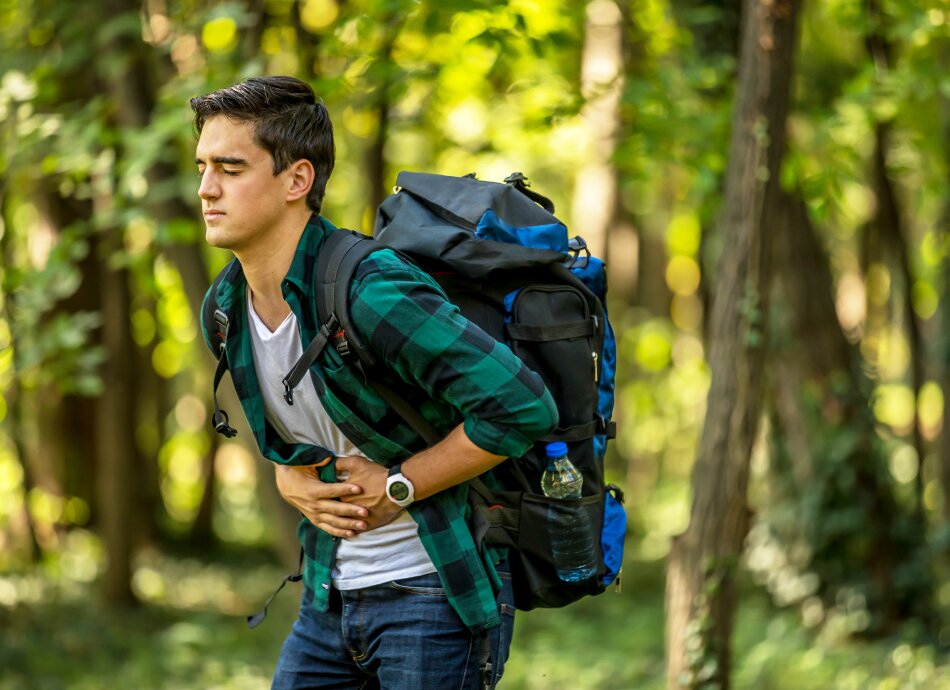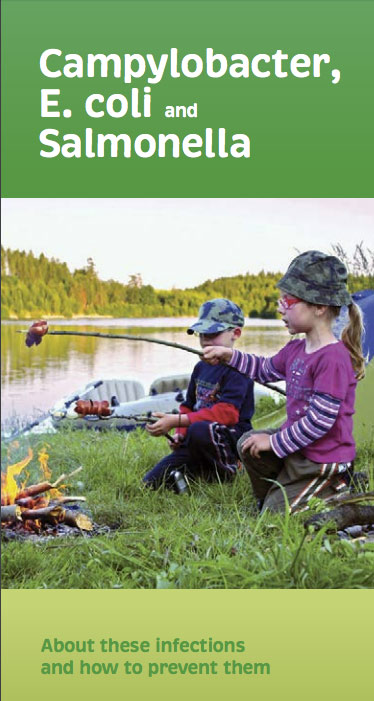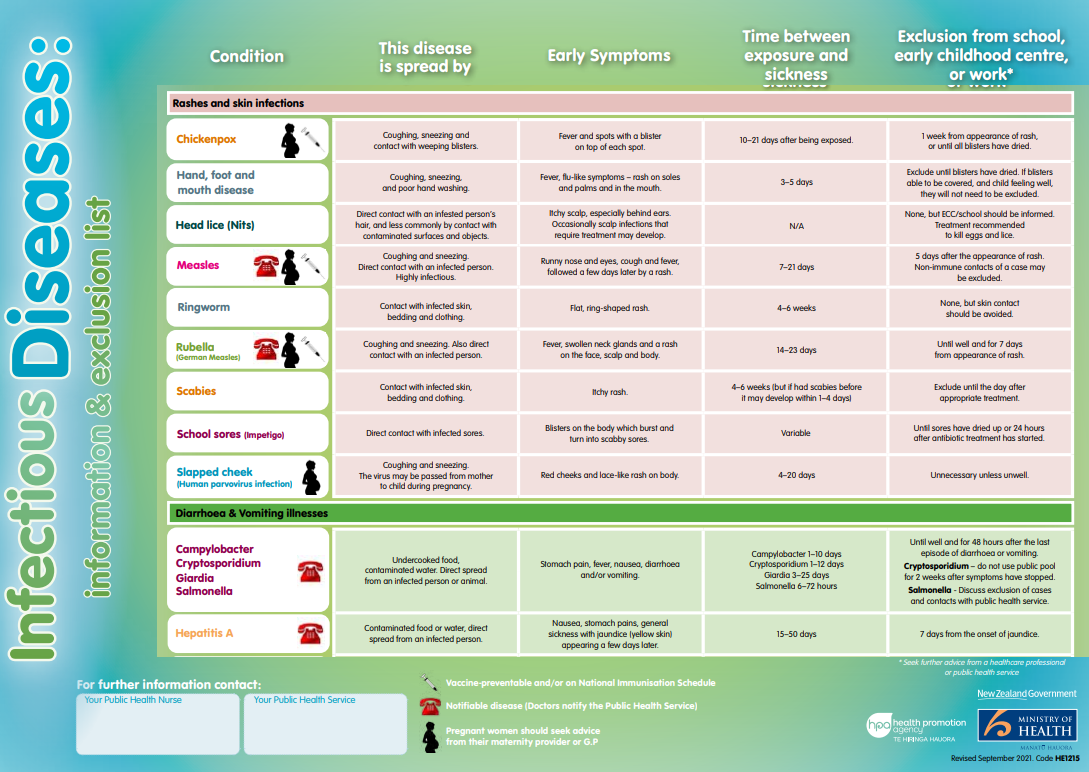You can get salmonella from foods contaminated with the bacteria, such as meat, chicken, eggs, milk and fruit and vegetables. People or animals infected with salmonella can pass it on in their faeces (poo) into soil, water and food. The bacteria can also contaminate (make unsafe) surfaces such as toys, bathroom taps or doors and nappy change tables. Salmonella is often spread to humans in the following ways:
Eating contaminated food: This includes undercooked meat, especially chicken, or contaminated raw fruit and vegetables. Contamination of food can also happen when you don't wash your hands properly after going to the toilet or changing the nappy of an infected pepi/infant.
Cross-contamination: Salmonella can spread in your kitchen by cross-contamination from raw chicken meat, including juices from the meat, to other food, utensils (such as cutting boards), food contact surfaces and the hands and clothing of people handling the food.
Drinking contaminated water: Drinking contaminated water is responsible for a number of outbreaks globally, such as contamination of water from sewage outflow systems, waste run-off from grazed pasture. You can also get salmonella from swimming or playing in contaminated water, such as rivers and lakes.
Direct handling of animals: Salmonella is found in the poo of many animals, including farm animals and household pets. It can be spread by handling infected animals and not washing your hands afterwards.








